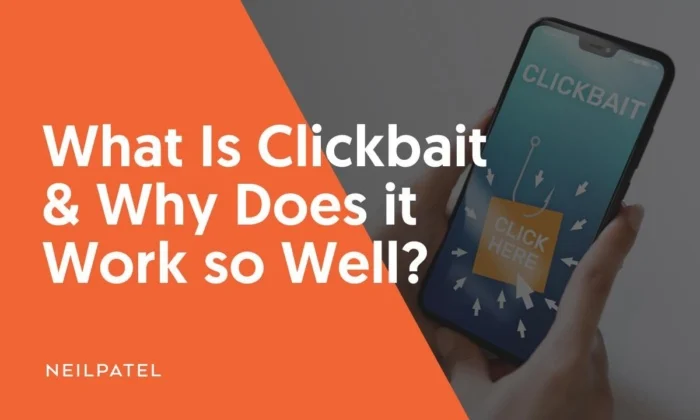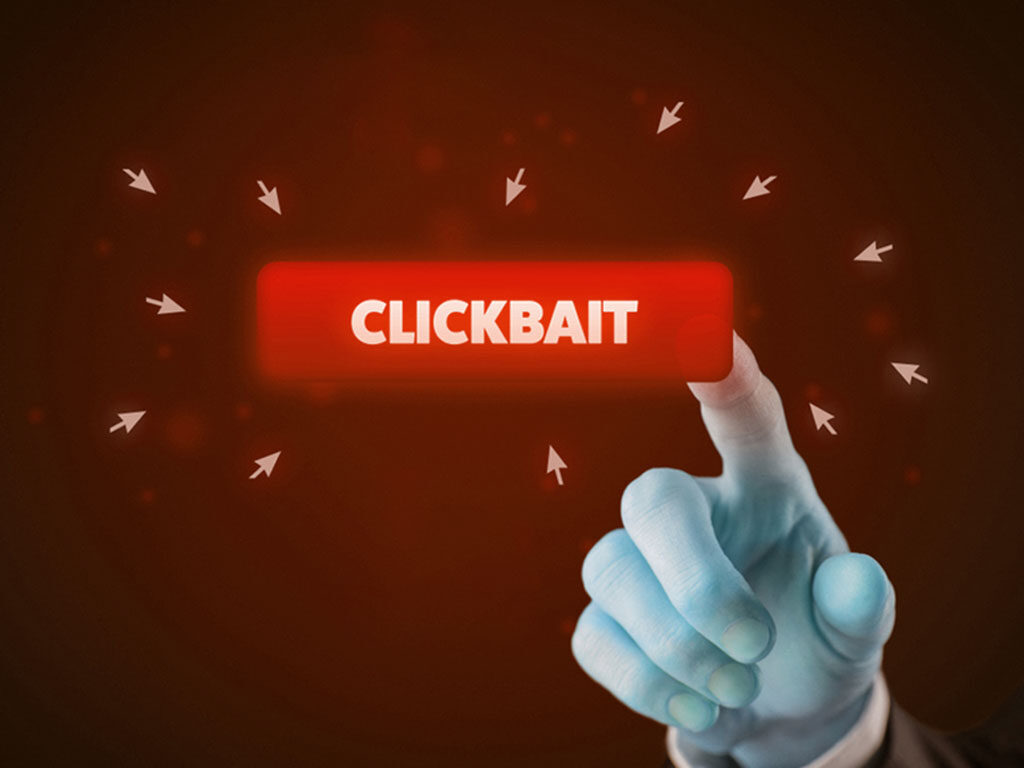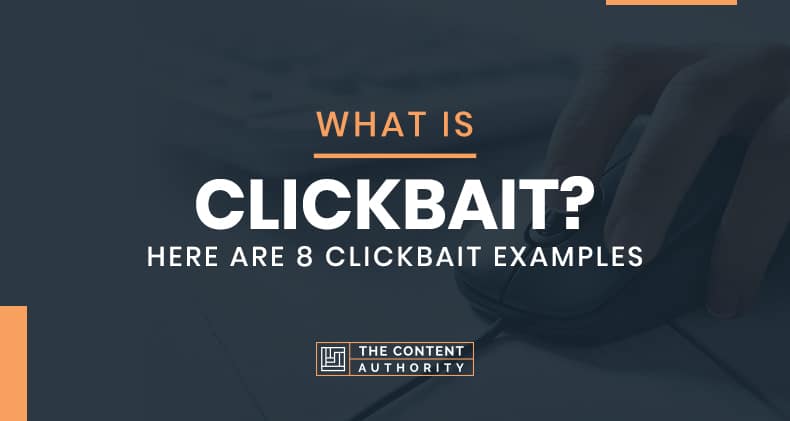The Spun Clickbait: Unraveling the Web of Deceptive Headlines

Introduction:
In the vast landscape of digital content, the term “clickbait” has become synonymous with attention-grabbing headlines designed to lure readers into clicking on a link, often leading to content that fails to deliver on the promised excitement. One particular form of this phenomenon has gained notoriety – the spun clickbait. This deceptive practice involves taking a kernel of truth and manipulating it into a sensationalized narrative to attract more clicks. In this article, we’ll explore the ins and outs of spun clickbait, its impact on online information consumption, and how to navigate through the web of misleading headlines.

The Anatomy of Spun Clickbait:
- The Seed of Truth: Spun clickbait usually begins with a grain of truth, a real event, or a factual statement. This kernel of reality serves as the foundation for the headline, creating an illusion of credibility.
- Exaggeration and Sensationalism: The art of spinning involves embellishing the truth with exaggerated language and sensationalized claims. This step is crucial in capturing the audience’s attention and convincing them to click on the article.
- Manipulative Headlines: Crafting headlines is an art in itself, and spun clickbait relies on this artistry to mislead readers. The headlines are carefully constructed to evoke curiosity, fear, or excitement, compelling users to click without a second thought.
Must Read= Understanding The Experience Of Going Nonverbal: A Deep Dive Into The Unspoken Realm
- Misleading Imagery: Accompanying images play a pivotal role in the success of clickbait. In the case of spun clickbait, images may be carefully chosen or edited to reinforce the deceptive narrative, further convincing readers of the story’s legitimacy.
Impact on Information Consumption:
- Erosion of Trust: Spun clickbait contributes to the erosion of trust in online content. When readers consistently encounter sensationalized stories that fail to deliver on their promises, they become wary of the information they consume, undermining the credibility of genuine news sources.
- Spread of Misinformation: The primary consequence of spun clickbait is the dissemination of misinformation. As users share these sensationalized stories on social media platforms, the distorted narratives gain traction, creating a ripple effect that can have real-world consequences.
- Click-driven Revenue Model: The prevalence of spun clickbait is often tied to the click-driven revenue model adopted by many online platforms. Advertisers pay based on the number of clicks, leading some content creators to prioritize sensationalism over accuracy to maximize profits.
Navigating the Web of Misleading Headlines:
- Critical Thinking Skills: Cultivating critical thinking skills is crucial in navigating the web of spun clickbait. Readers should question the veracity of headlines, consider the source’s reputation, and cross-reference information with reliable sources before accepting a narrative as truth.
- Media Literacy Education: Introducing media literacy education in schools and communities can empower individuals to discern between credible information and spun clickbait. Understanding the tactics employed by deceptive headlines is the first step in combating their influence.
- Fact-Checking Tools: Fact-checking tools and websites can serve as valuable resources in verifying the accuracy of information. Users should make it a habit to consult these tools before sharing potentially misleading content.
Frequently Asked Questions (FAQ):
Q1: How can I identify spun clickbait? A1: Look for sensationalized language, exaggerated claims, and misleading imagery in headlines. Additionally, consider the credibility of the source and cross-reference information with reputable news outlets.
Q2: Why do content creators resort to spun clickbait? A2: The click-driven revenue model incentivizes content creators to prioritize clicks over accuracy, leading to the creation of sensationalized content that attracts more attention.

Q3: How can we combat the spread of spun clickbait? A3: Developing critical thinking skills, promoting media literacy education, and utilizing fact-checking tools are essential steps in combating the spread of spun clickbait.
Conclusion:
The prevalence of spun clickbait poses a significant challenge to the integrity of online information. As consumers of digital content, it is our responsibility to be vigilant, question what we read, and actively contribute to the fight against misinformation. By understanding the tactics used in spun clickbait and adopting proactive measures, we can create a more informed and trustworthy online environment.





